
Not only in Italy do filled pasta mirror local eating traditions. Culargiones from the mountainous region of Sardinia are no exception. And many a Sardinian also believes them to have spiritual powers.
Jump to RecipeBeliefs and superstitions
Pulses, vegetables and potatoes were for a long time the staple diet of the inhabitants of the Sardinian plateau. Culargiones with expensive wheat were a veritable feast. Even today, people still like to eat them especially in the autumn and winter. According to an ancient folk custom, those who prepare and shape their pasta on All Saints’ Eve do so also for the dead. Because on the next day ,All Souls’ Day, they are served as a precious offering for the souls of the dead and their eternal peace.

What the mountains offer
Some friends have already pointed out the similarity between culargiones and an Austrian speciality, Carinthian Kasnudeln. This is due to the ingredients for the filling, which, in Italy as well as in Carinthia, consists of what was available in the rough landscape: the basic ingredients are potatoes, curd cheese or cheese and herbs such as mint. In Sardinia, only sheep's milk products are used in the filled pasta. Today, garlic, chilli, orange or lemon are used by many to season this dish. Pecorino and chard can also be found in the filling. And, of course, the "gold" of the Sardinian mountains: saffron.
The filling-sauce balance
Culargiones are sometimes cooked and sometimes fried. But the main difference to other filled pasta is that they are made of durum wheat semolina, not soft wheat. With pasta made from subtle durum wheat, the filling and sauces can be all the stronger. One of the most famous culargiones recipes originates from the province of Ogliastra and combines mint, saffron and pecorino. It is served in a fruity and mild tomato sauce. Culargiones without such a distinctive filling also taste great with aglio, olio e peperoncino. The Sardinians like to refine this sauce with parsley and grated bottarga (dried fish roe).
📖 Recipe
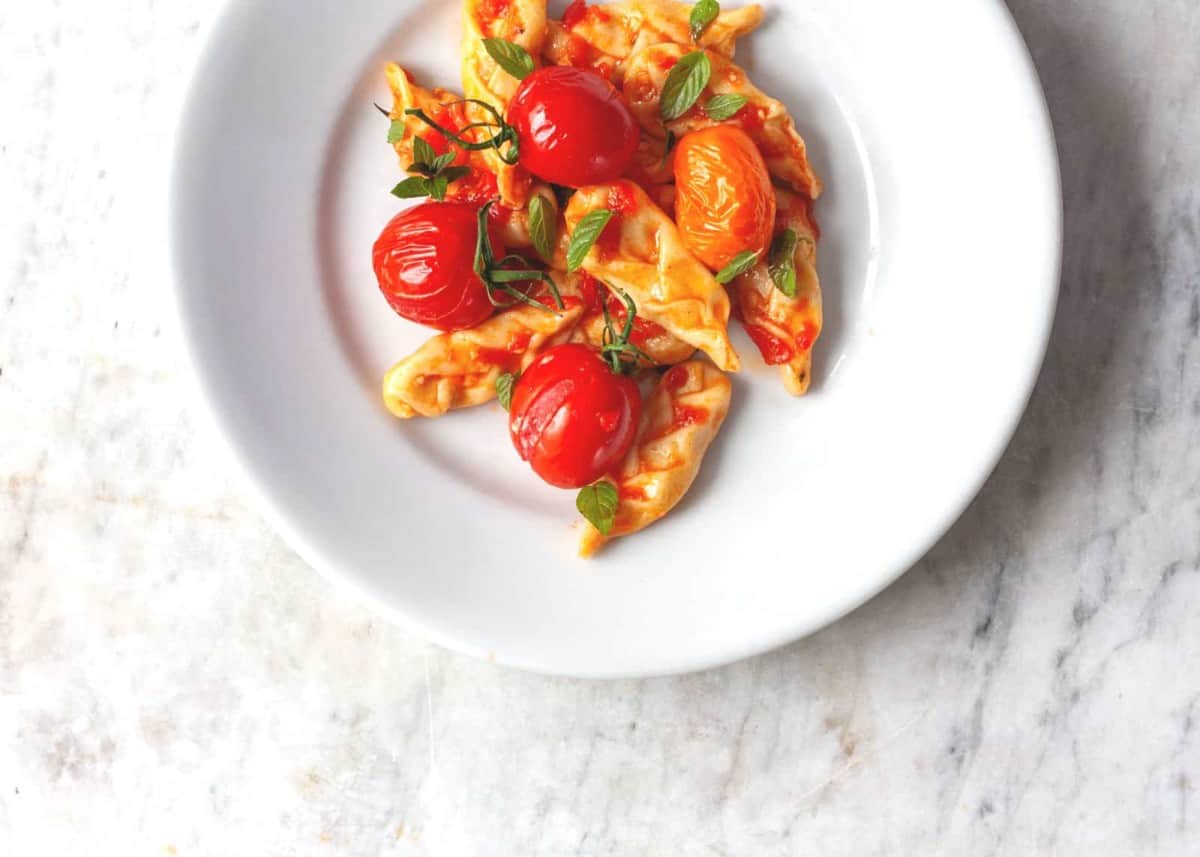
Culargiones all’Ogliastra – Sardinian style pasta
Ingredients
Dough
- 200 g durum wheat , semolina
- 100 ml water
Sauce
- 500 g tomatoes, ripe
- 2 tablespoon olive oil
- 1 clove garlic
Filling
- 300 g potatoes, floury
- 50 g pecorino, Sardinian
- 5-10 leaves mint
- 1 pinch saffron, powder
- salt, if needed
Instructions
- For the dough, mix the durum wheat semolina with water and knead for 15 minutes until you have a smooth and homogeneous mass. You can, of course, let your food processor do this job for you!
- For the sauce place the tomatoes briefly in boiling water. Then peel them, remove seeds and cut the flesh into small pieces. Finely chop the garlic and heat the oil. Tilt the pan a little to one side while the garlic is frying so that it can float well in the oil. Add the tomatoes and simmer until the liquid has evaporated. Season to taste with a tablespoon of olive oil and set aside.
- For the filling, wash the potatoes and boil them in their skins until soft. Allow to cool a little, peel and press through a potato press. Mix with pecorino, finely chopped mint and saffron. Add a little salt if necessary. If you like it savoury, replace the saffron with finely chopped garlic.
- Roll out the dough thinly - if you have one, with a pasta machine - and cut out circles. Put some filling in the middle. Then close the dough in such a way that a shape similar to an ear of corn is created. If we look to Carinthia: there, Kasnudeln are prepared in a very similar way. Culargiones taste just as good, however, if you simply press the dough together smoothly at the edges.
- Bring plenty of water to the boil, add salt. Put one filled pasta "pocket" after the other into the water. When they float to the surface, strain them immediately and add them to the warmed sauce. Turn the culargiones for another two minutes in the tomato sauce. Serve with mint leaves and grated pecorino.
Nutrition
Buon appetito!


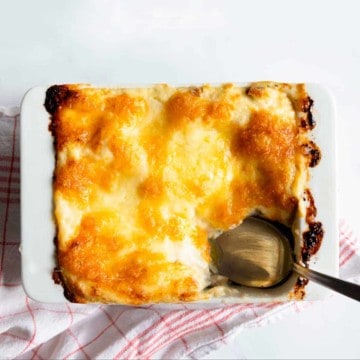
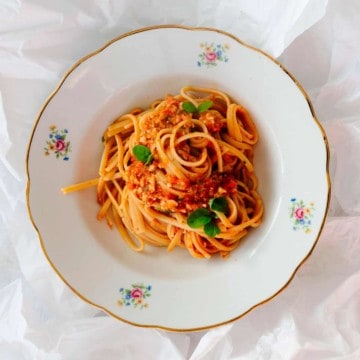
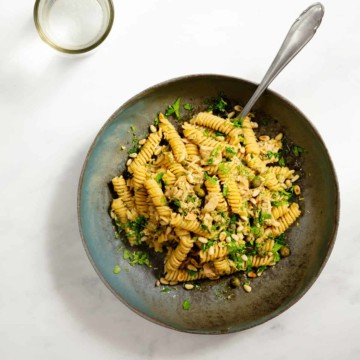
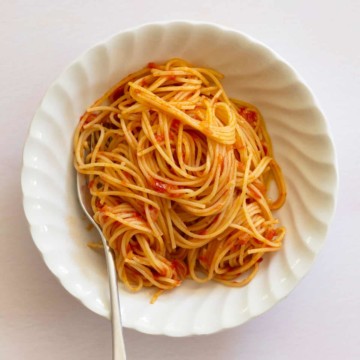
Leave a Reply